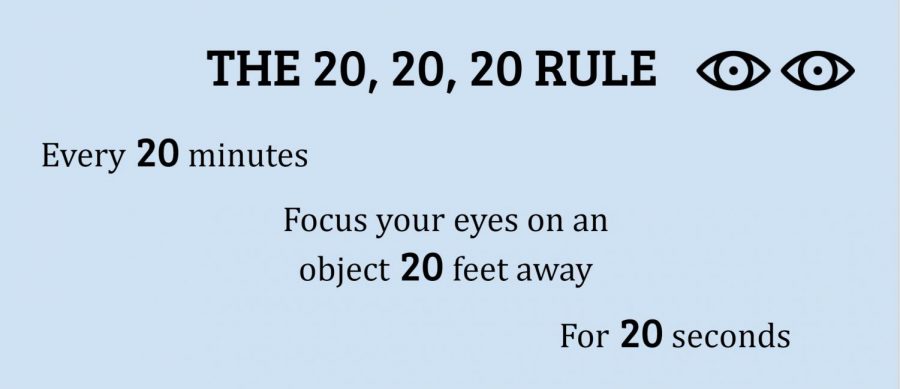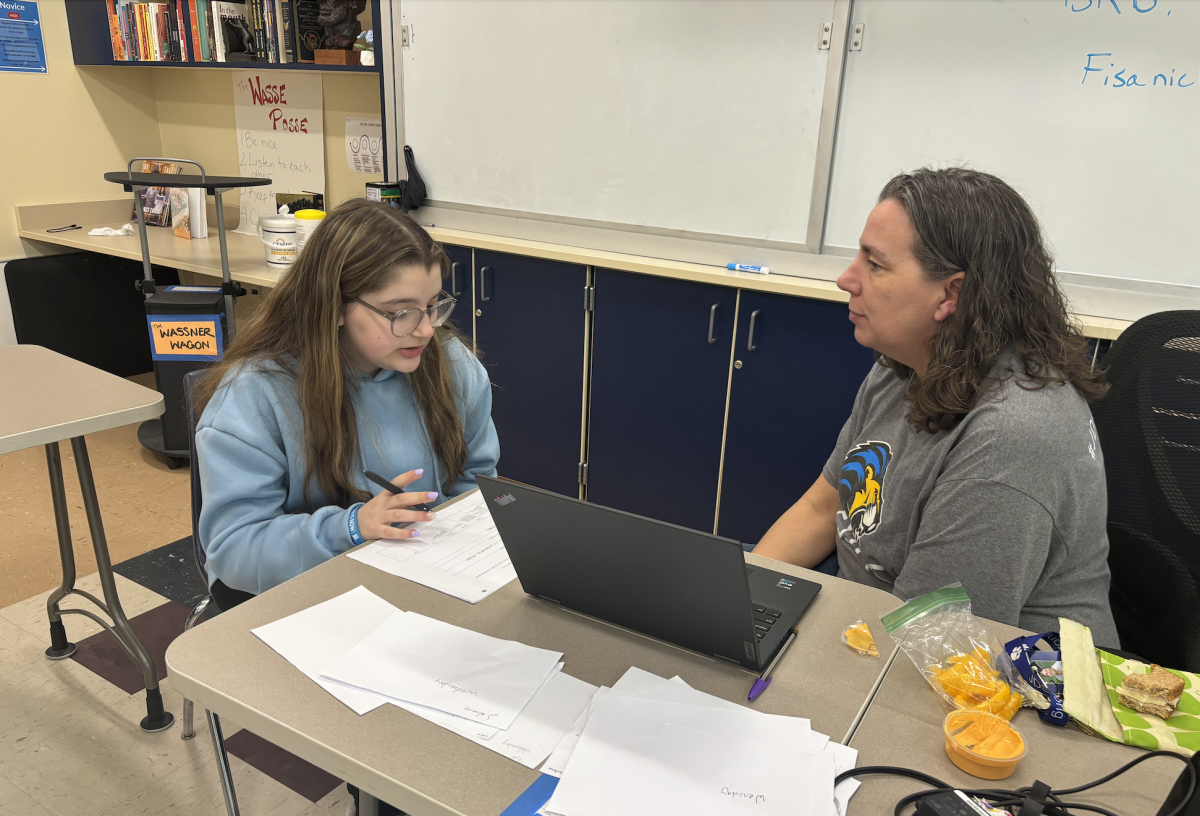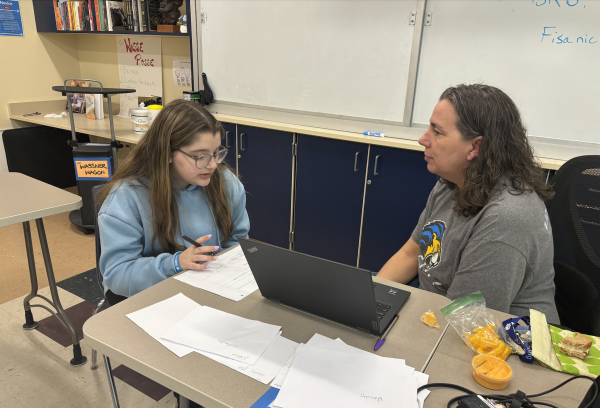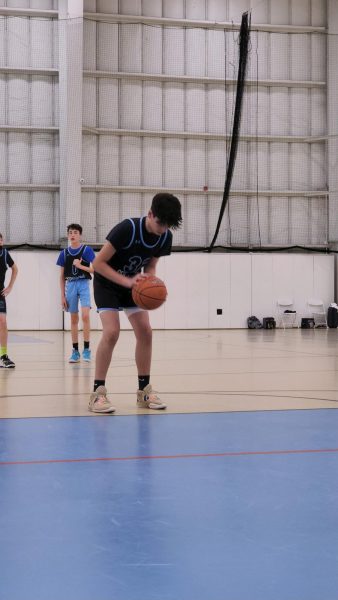Protect your eyes during virtual learning
October 19, 2020
Within 10 minutes of waking up each morning, I am staring at a screen. For the next five hours, my eyes stay focused on my computer, with few breaks. Eventually, I have 35 minutes to eat lunch, but I usually spend it doing homework that is also on my computer.
The day proceeds online for the next few hours until dismissal. Then it is time for homework, which is again, on the computer. Finally, I have time to relax, which I usually spend by watching a show or going on my phone.
Sadly, this is the reality for many high school students during the coronavirus pandemic. The only time to disconnect from electronics is the weekend, which most of us spend on our phones or computers anyway.
Studies show that being on your phone for hours straight at night can be damaging to your eyesight. Now that school is virtual, we find ourselves staring at a screen not just at night but all day long, exposing our eyes to further damage.
Computer vision syndrome is an umbrella term for eye-related problems caused by focusing your eyes on a digital screen for long, uninterrupted periods. According to Optometrist Nathan Kohler, common symptoms of computer vision syndrome include headaches, blurred vision and dry or irritated eyes.
According to Dr. Gardiner, another more commonly known eye problem caused by digital screens is eyestrain. Eyestrain is caused by blue light waves that are produced through screens and can be stimulated by not blinking enough.
Optometrist Nathan Kohler says that when staring at a screen, your blink rate is one-third of what it should normally be. Blinking establishes the tear film, a thin fluid layer that protects the eye. By not blinking, your eyes cannot produce tear fluid and therefore are more prone to eye strain.
Staring at a screen all day is something we cannot avoid, but luckily, there are ways to effectively learn online and still have time to go on your phone or watch a show while avoiding these health risks.
The most common way to protect eyes from screens is to use blue light glasses. Blue light glasses block short wave blue light, which is associated with eye strain. Some studies suggest blue light glasses increase sleep quality as well. However, there are no studies or data proving blue light glasses are effective in actually decreasing eye strain.
Some other effective methods include using artificial tears, reminding yourself to blink, printing as much work as possible, turning the brightness on your screen lower and focusing your eyes on objects in the distance when looking at a computer screen for a long period.
Optometrist Scott Fulmer recommends a method he calls the “20, 20, 20 rule” to avoid eyestrain caused by staring at a screen and not blinking. Every 20 minutes, focus your eye on an object 20 feet away for 20 seconds.
Thankfully, eyestrain and computer vision syndrome are treatable and rarely leave long-term eye damage. If you are experiencing any of these symptoms, I would highly advise trying the recommended methods to avoid any further damage.

















